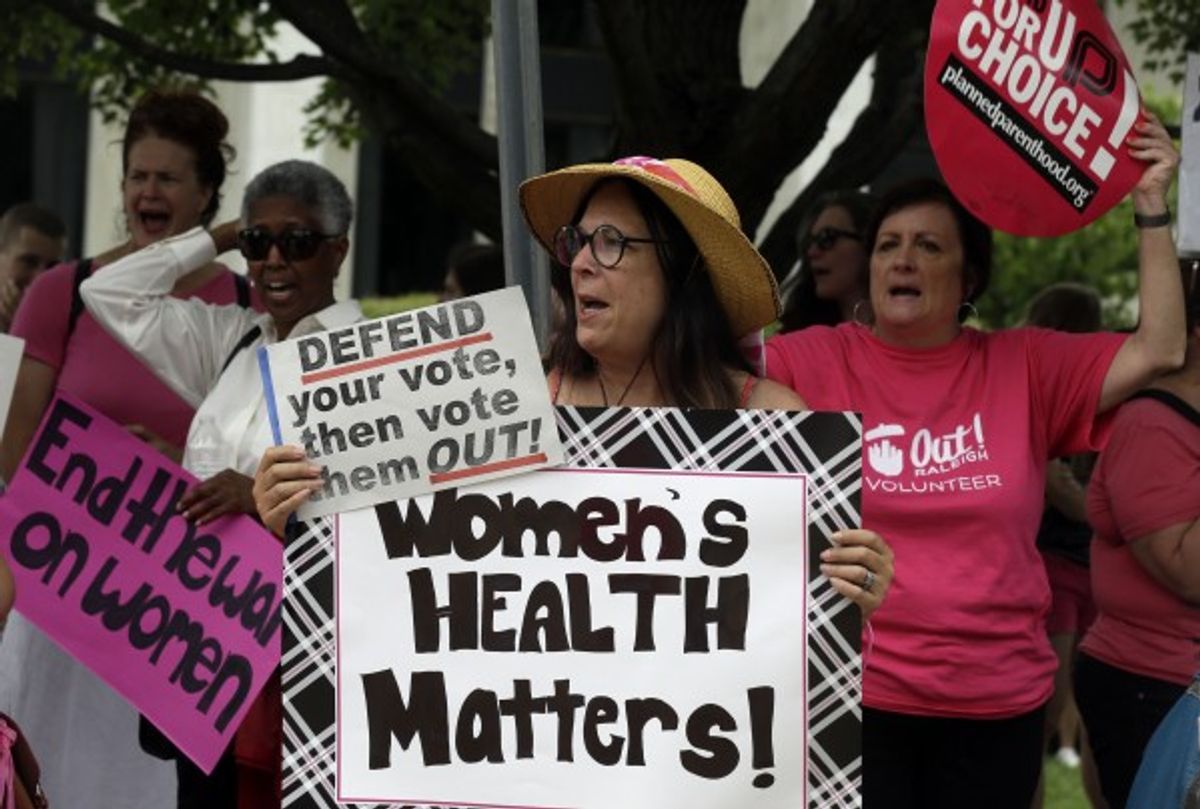Abortion rights are back before the Supreme Court this term as the judges prepare to hear cases addressing so-called buffer zone laws and state limits on the use of abortion-inducing drugs.
More from the New York Times:
The court has two cases concerning abortion on its docket. One of them, McCullen v. Coakley, No. 12-1168, is a challenge to a Massachusetts law that restricted protests near reproductive health care facilities. The court upheld a similar Colorado law in 2000 in Hill v. Colorado.
“This is probably the most likely precedent to be overruled,” said Kannon K. Shanmugam, a lawyer with Williams & Connolly.
The second one concerns whether states may limit the use of abortion-inducing drugs. The case, Cline v. Oklahoma Coalition for Reproductive Justice, No. 12-1094, has taken a detour to the Oklahoma Supreme Court, which has been asked for a clarification.
When the case returns, the Supreme Court may well modify its understanding of one of Justice O’Connor’s central legacies, Planned Parenthood v. Casey in 1992. That decision reaffirmed the core of Roe v. Wade, the 1973 decision establishing a constitutional right to abortion, and prohibited laws placing an “undue burden” on women’s access to abortion.
The first case is a review of Massachusetts' so-called buffer zone law, which prohibits protests within 35 feet of abortion clinics, and could have implications for similar laws in Colorado and Montana. As Rosanna Cavallaro, a law professor at Suffolk University, recently told the Associated Press, the case will weigh the free speech rights of antiabortion protesters against a woman's right to seek abortion services free from obstruction, threats and physical harm.
“Do you have the right to speak with a bullhorn right up to someone’s face?” she noted. “At some point, speech becomes intimidation and harassment.”
The second case, while receiving less public attention than recent high-profile antiabortion laws like North Dakota's ban on abortion at six weeks and Texas' omnibus law, could have major implications for non-surgical abortion and may determine the new fault lines of abortion access in the United States, as Linda Greenhouse recently noted in the Times:
[It's] no accident that medical abortion (or medication abortion, as it is also known) is the latest flash point in the abortion debate. That may be counterintuitive, given the prolonged hand-wringing over “partial-birth” and other “late-term” abortions; medical abortion is most effective in the first six or seven weeks of pregnancy (by which time the embryo is about the size of a pencil eraser) and doesn’t work after nine weeks (still in the first trimester, which is when about 90 percent of all abortions take place).
...
As abortion clinics are forced to close because of onerous state regulations (54 clinics in 27 states have closed in the last three years, and many women live hundreds of miles from the nearest provider) and as women entering clinics often have to run a gauntlet of protesters seeking to “counsel” them (in its new term, the Supreme Court will hear a First Amendment challenge to a Massachusetts “bubble zone” law that keeps speakers 35 feet away from the entrance to a “reproductive health care facility”), medical abortion offers an end-run around the obstacles that for years have been a core part of opposition strategy.

Shares